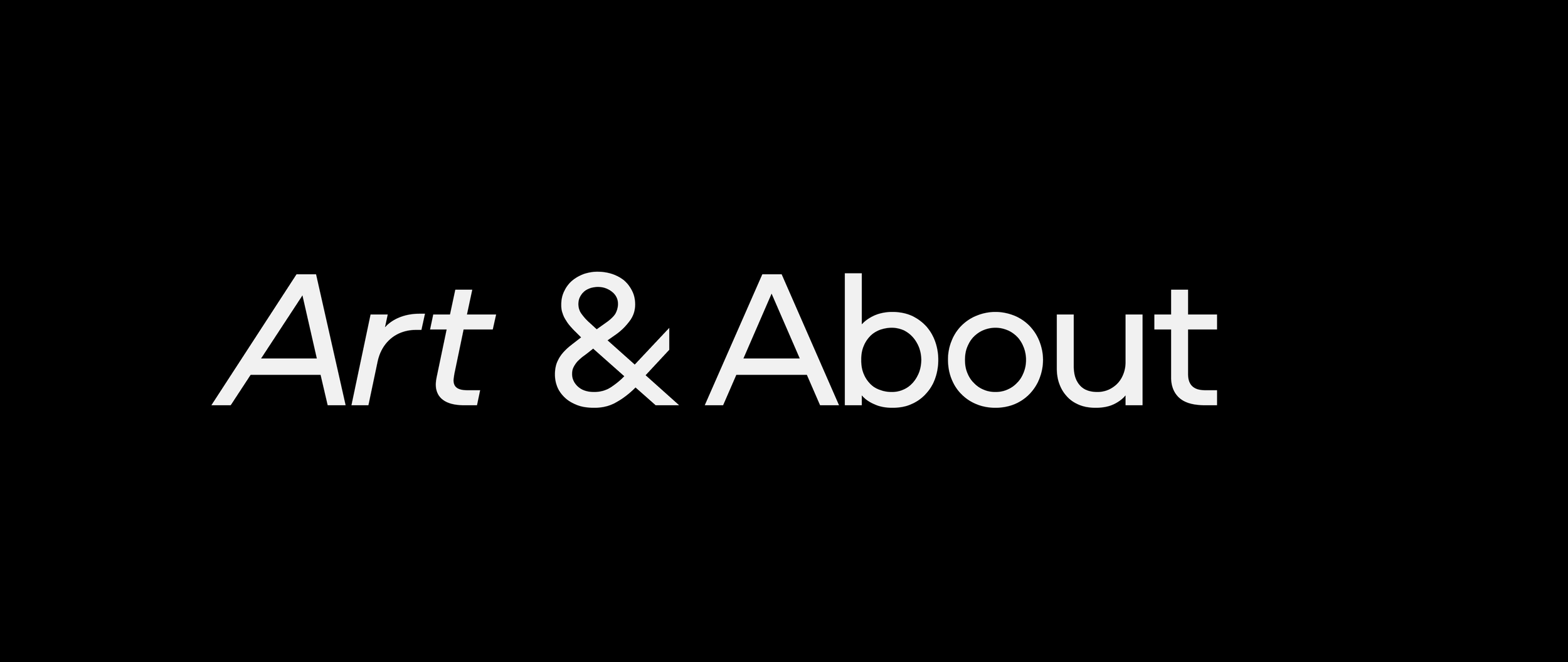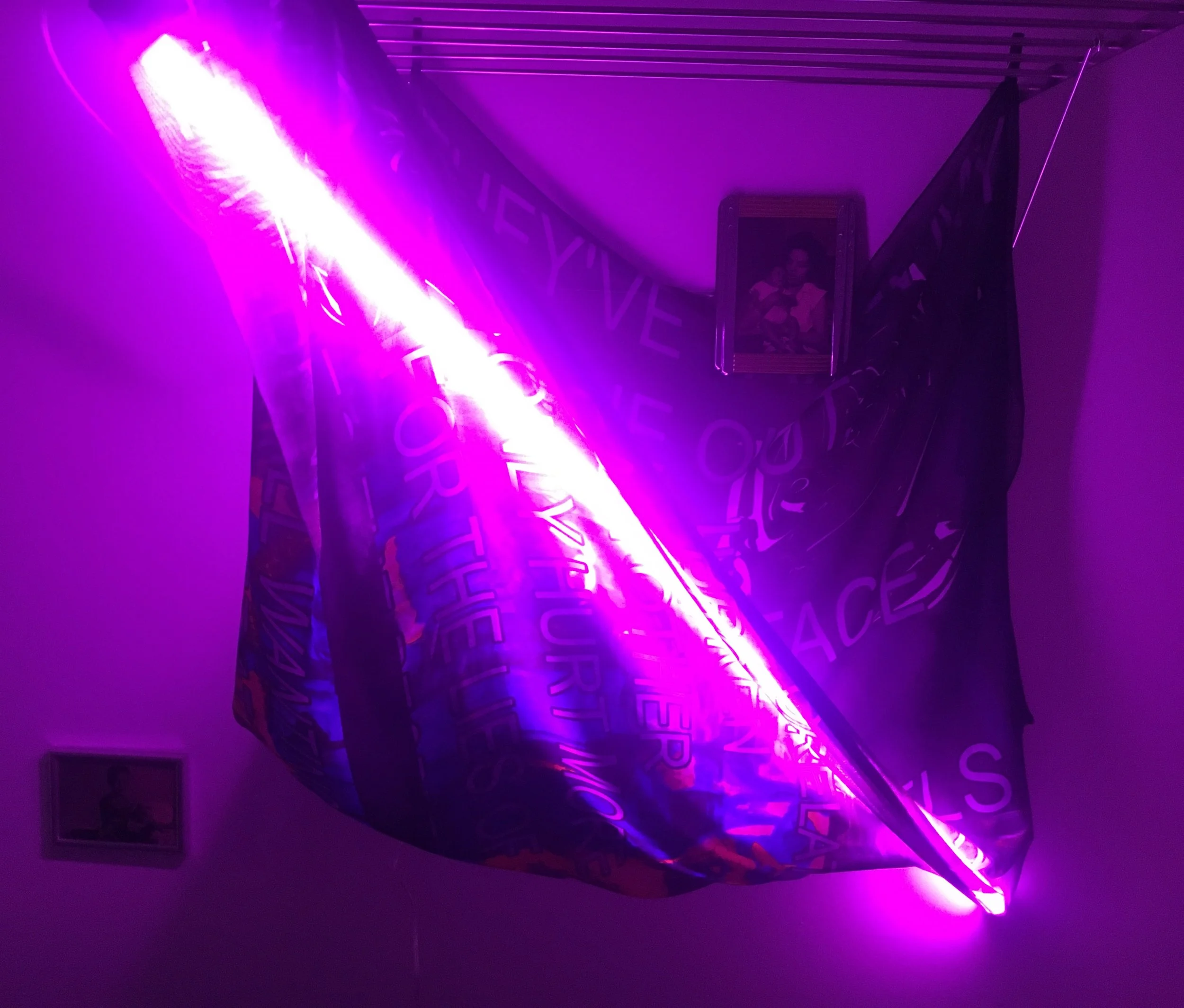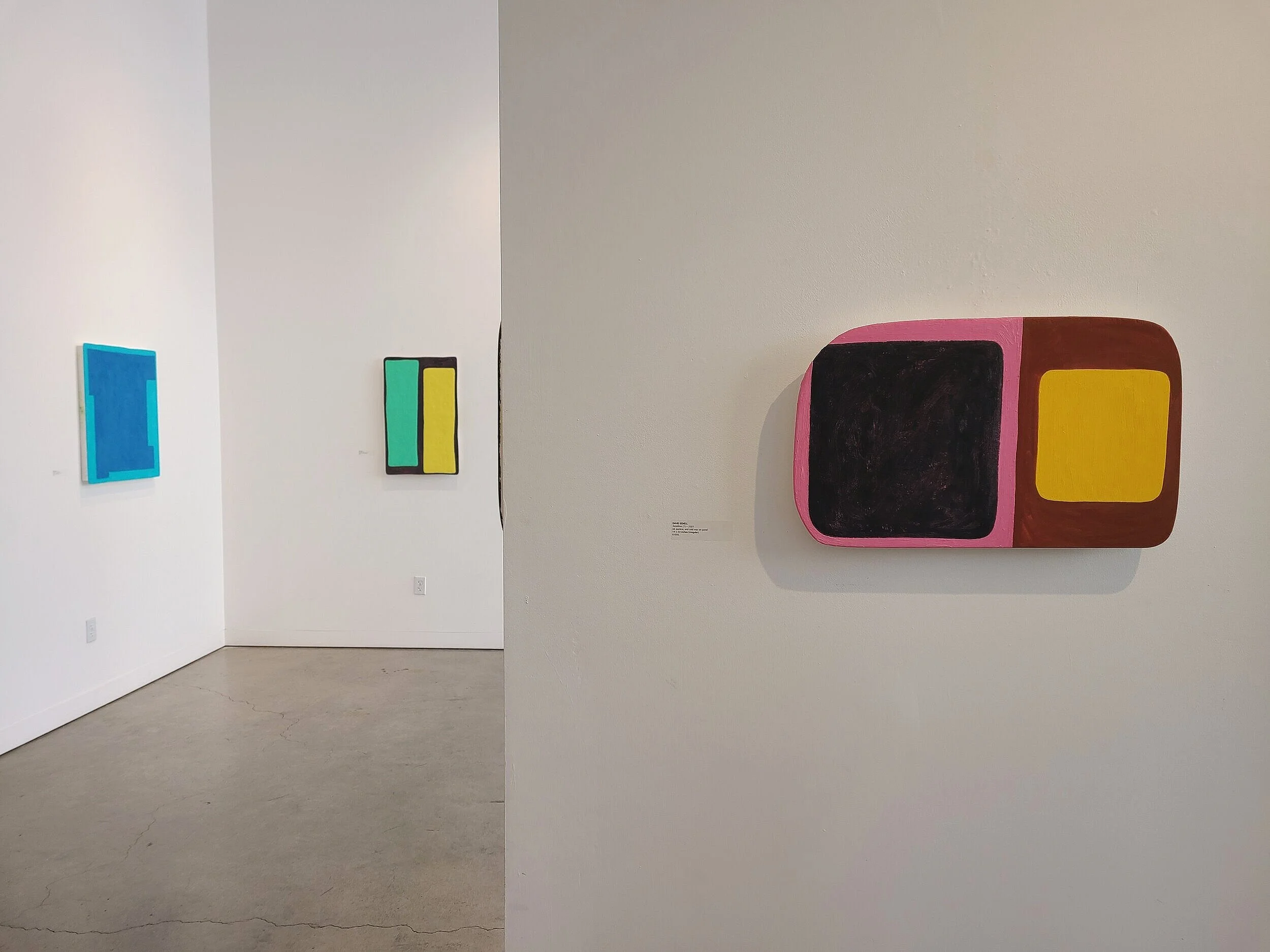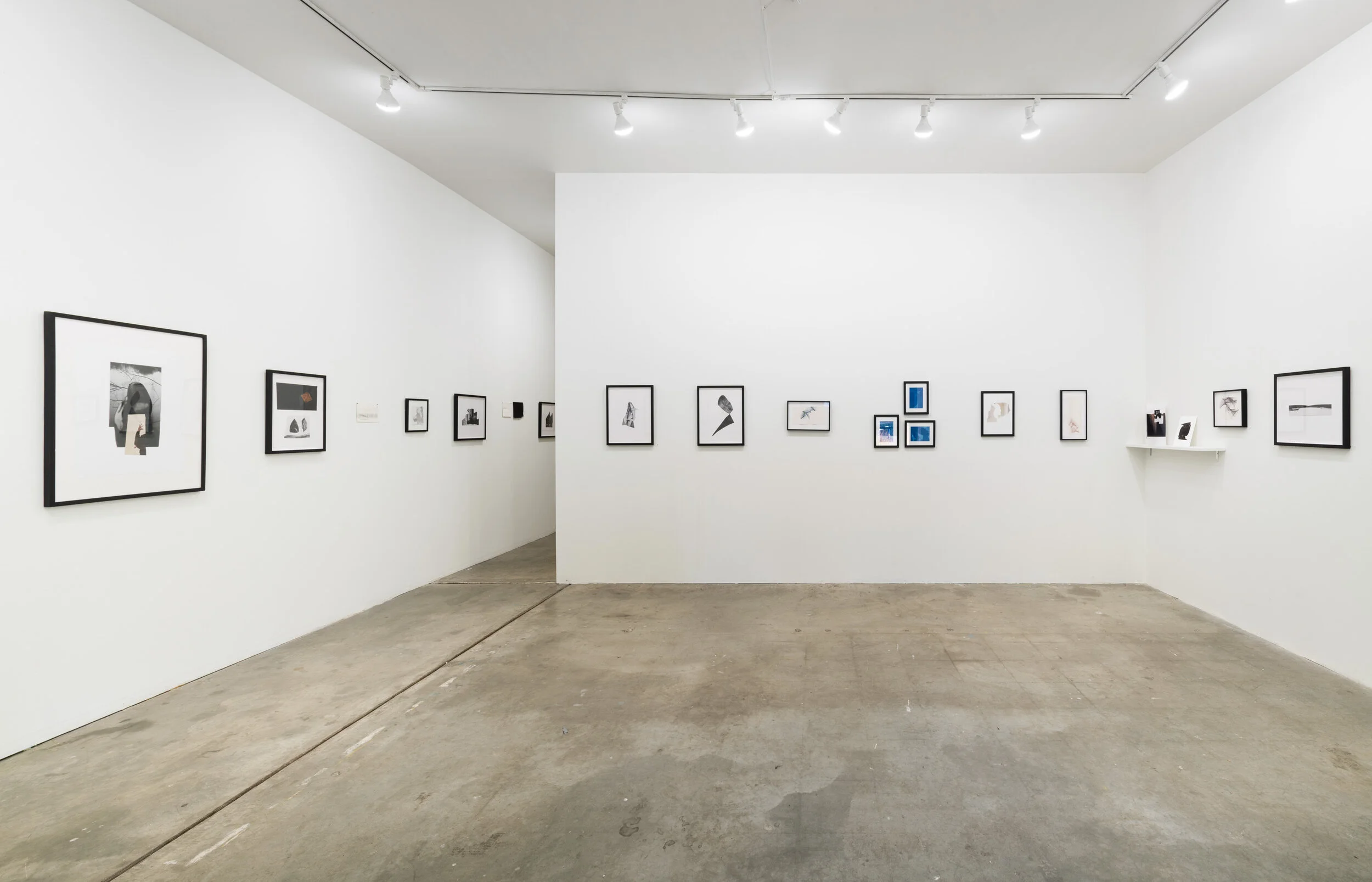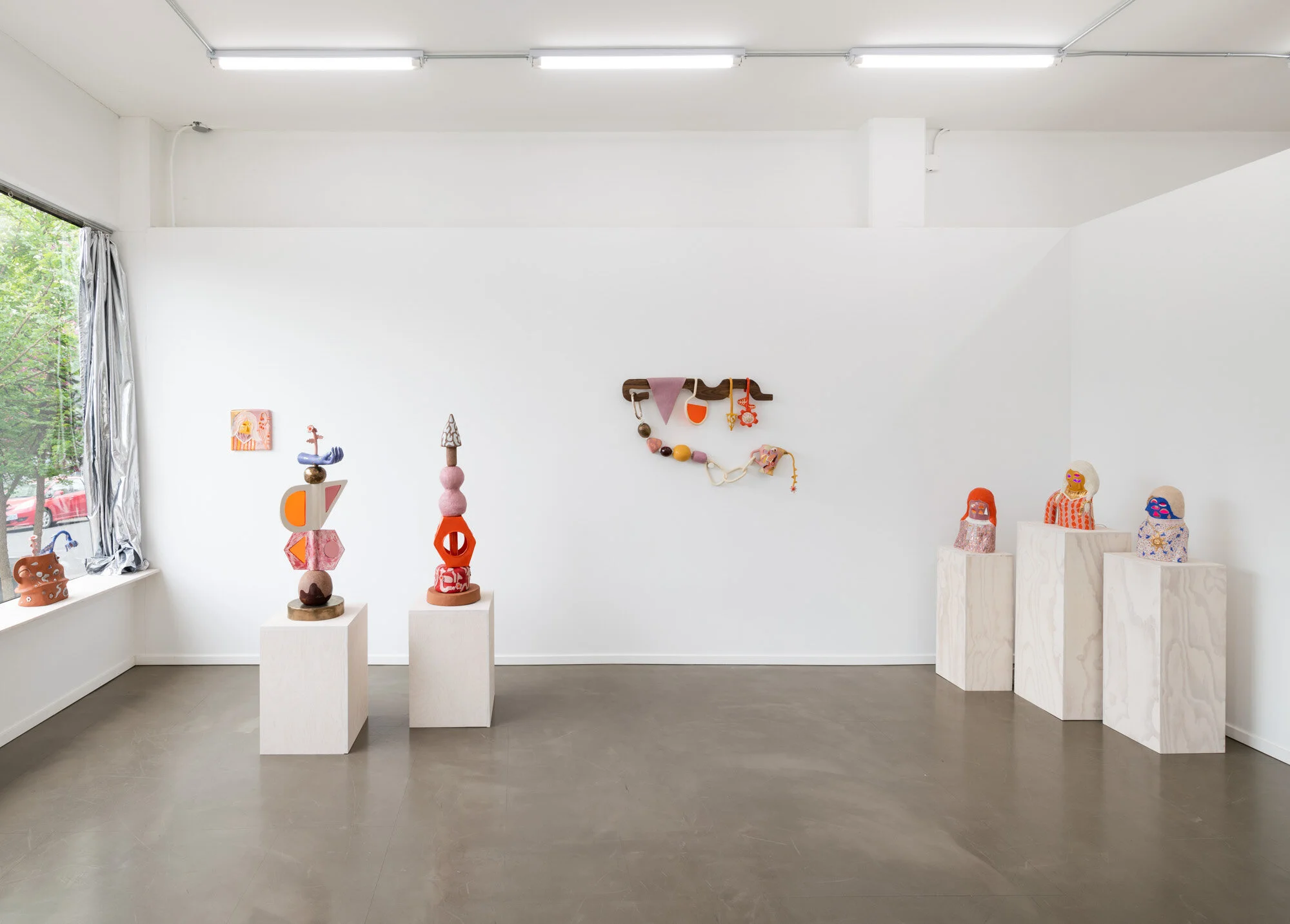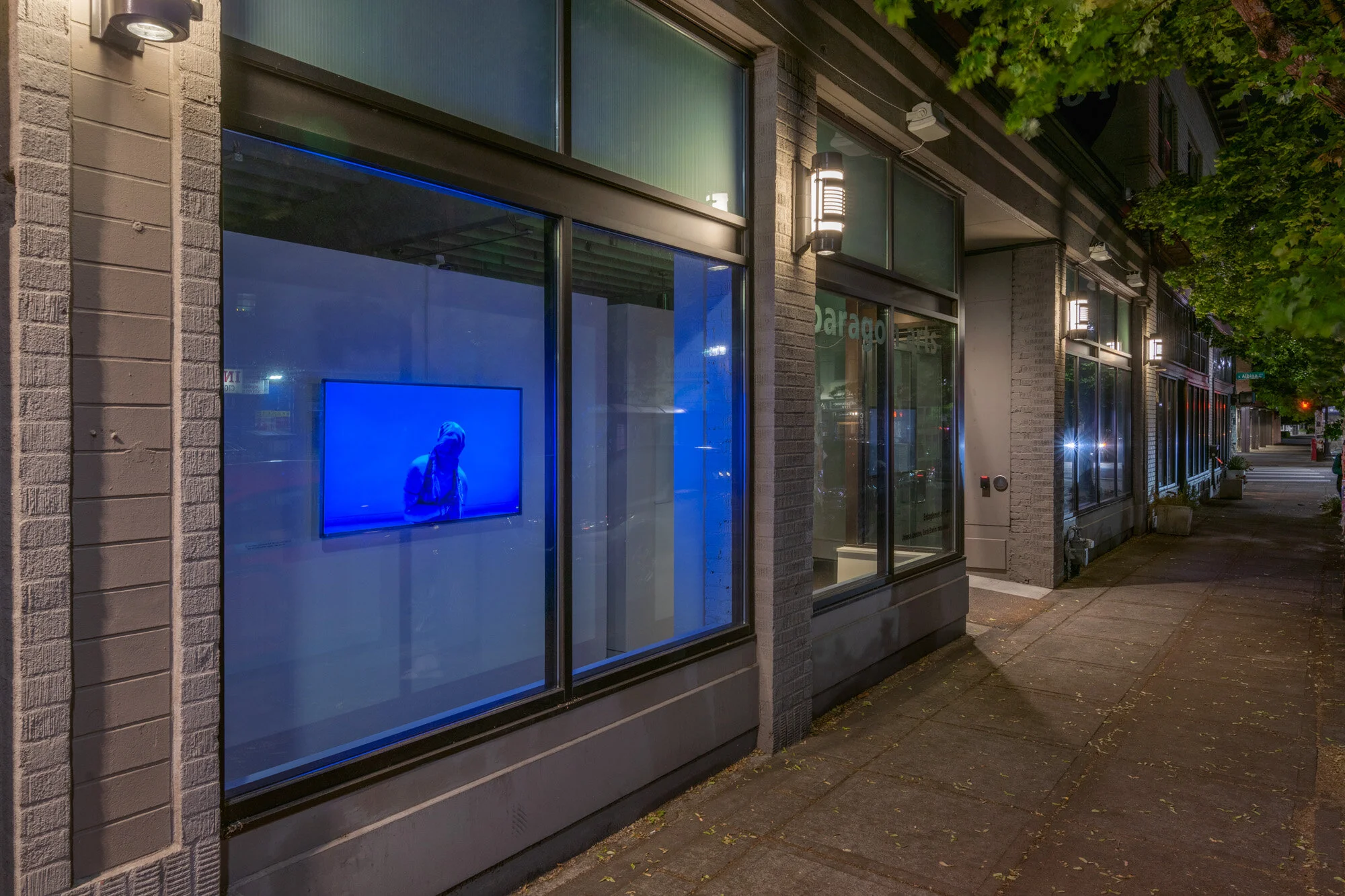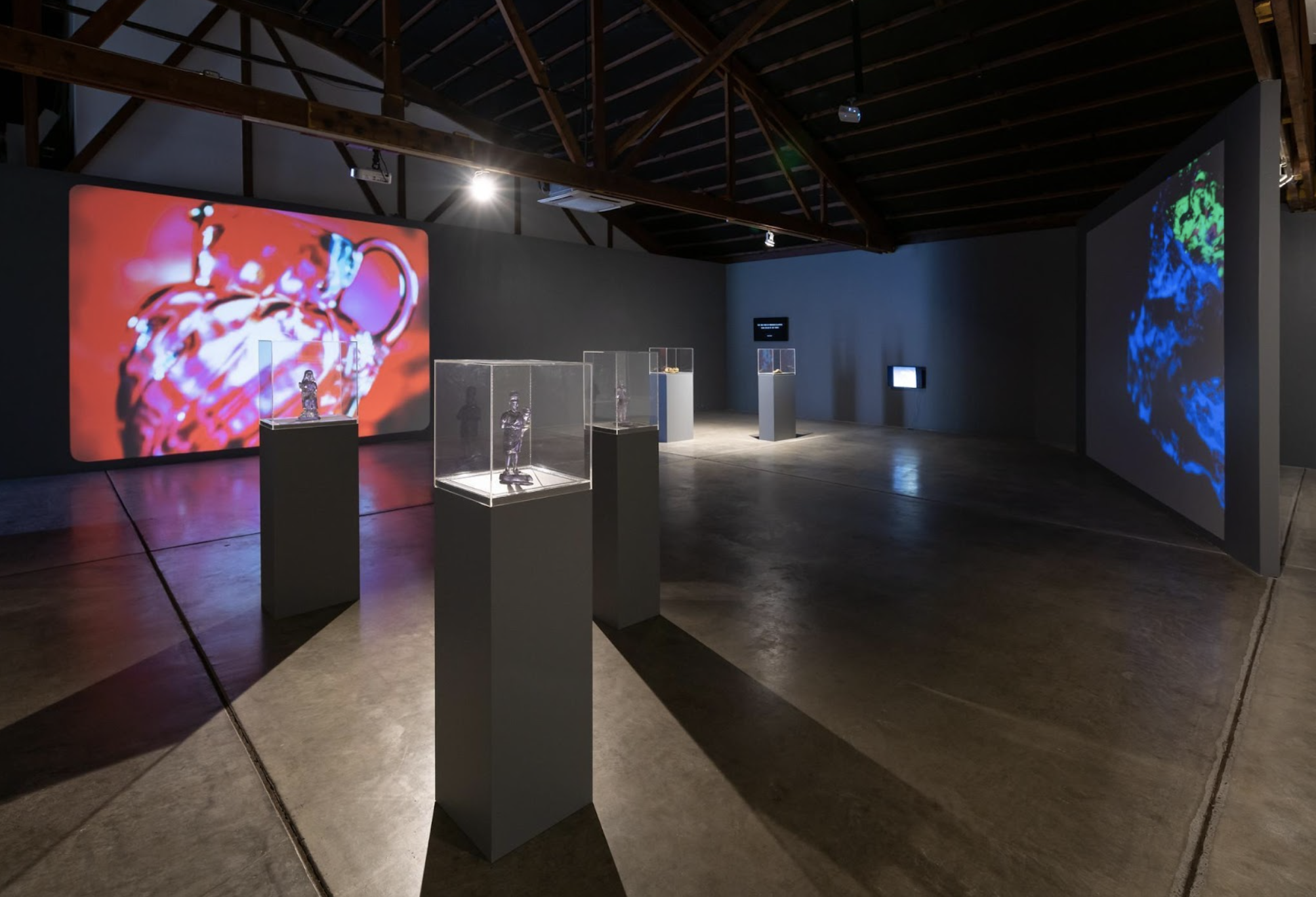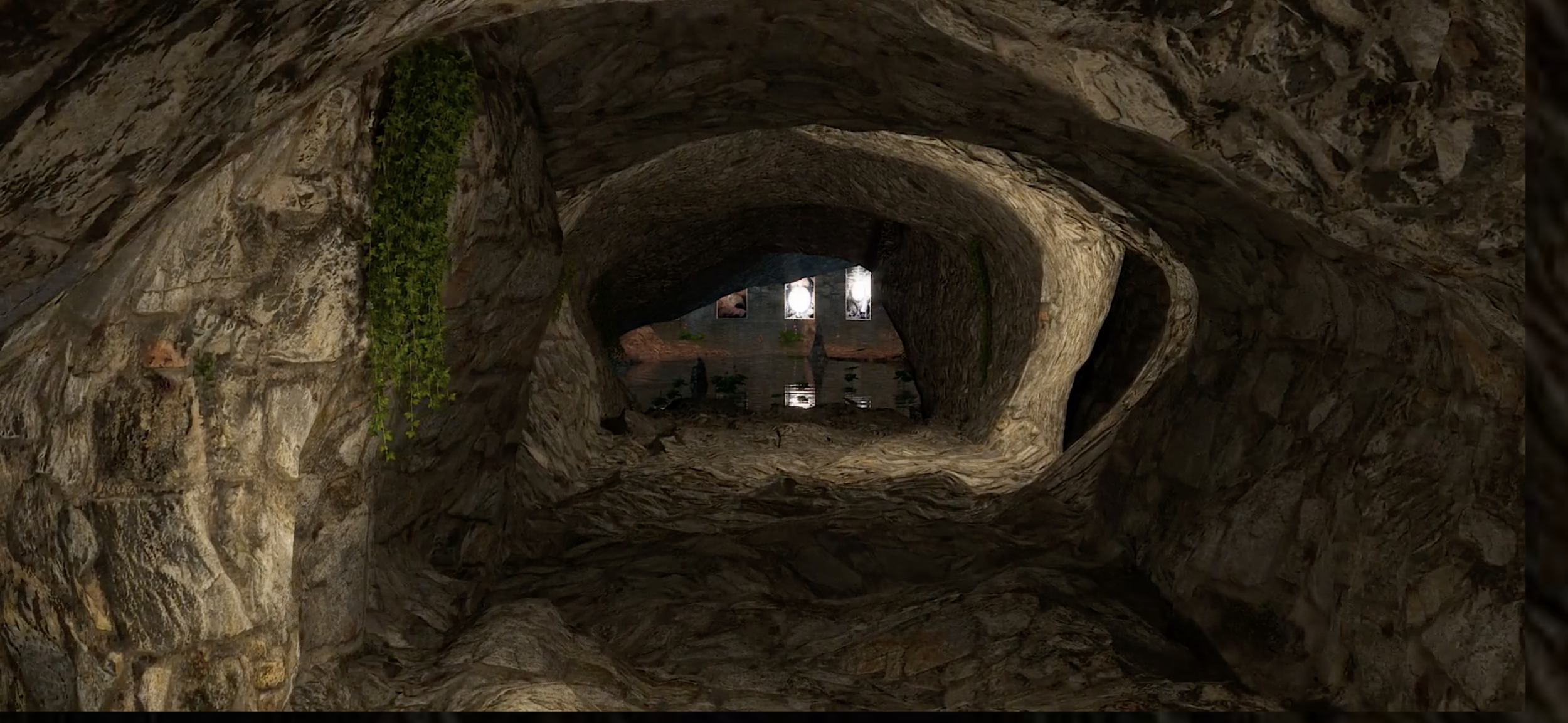David Schell recently presented a substantial body of work at Portland’s Augen Gallery titled intimate, intimate. The exhibition presented a variety of smaller oil paintings on a variety of canvas shapes, operating under the premise of a dual definition of the word intimate: “Intimate as an adjective suggests an experience that is taking place away from the rest of the world; as a verb, on the other hand, it looks outward.
Read MoreAnthony Hudson (Grand Ronde) as Carla Rossi's much-anticipated sequel, Clown Down 2: Clown Out of Water. The screening of Clown Down 2: Clown Out of Water was paired with a Zoom panel discussion featuring Hudson and artists Arias Hoyle and Steven Paul Judd in conjunction with PICA’s Indigenous Residency Series (IRS). Clown Down 2: Clown Out of Water is Hudson/Rossi's follow-up from their 2019 Clown Down: Failed to Mount, which featured Hudson as Rossi hosting a Mister Rogers’ Neighborhood-style show while pinned beneath an IKEA cabinet.
Read MoreBut of course, it’s hard to tell; a collaborative exhibition by Alyson Provax and Serrah Russell is on view throughout September at Well Well Projects. Provax is a member of the gallery, which gives its members a month out of the year to have an exhibition. Provax and Russell created the work for the show earlier this year. That time consisted of some of the bleakest months of the pandemic. I found it incredibly inspiring that these two artists could come together throughout this time to create a body of work. Openly and vulnerably sharing, iterating on pieces of work sent back and forth through the United States Postal Service. The subsequent marks of these correspondences as they move through processing, travel, and arrival. The imprints of distance, touch, and being.
Read MoreJapeth Mennes’ new exhibition at Ampersand is striking for both its graphic immediacy and introspective qualities as well as its nuanced take on humble urban adornments. The artist offers these unassuming, ubiquitous subjects — Laundromat (washing machines) and Mailbox Buzzers (an assortment of intercoms and post boxes) — as touchstones so that one might ground themselves in the visual cacophony that is daily life in New York City (where Mennes lives and works).
Read MoreKooi favors swirling imagery that recalls organs, coral reefs, and fleshy fruit. Her abstracted forms are soft and fertile; they’re also ultra-sensory, like something strange and squishy you’d stick your hand into during a Halloween game. References to interiority are clear, but mysteries remain. A palette of lush, oceanic pastels pushes this sense of the mystic alongside the organic. If you dissected a mermaid, you might find Kinke Kooi’s paintings inside.
Read MoreAvallone’s playground drawings are precise, technical in their accuracy, but are rendered on rough, handmade paper in varying muted tones. The interplay cements several visual dichotomies at play in Permission/Pleasure: fluidity vs. precision, childhood vs. adulthood, memory vs. the present, dreams vs. reality.
Read MoreI had seen lying horizontal in acid baths in Simone Fischer’s. In their verticality on the wall, they confronted me with their sheer scale, no longer allowing me to look down on them. Striations in rust, etched car-dealer for-sale flags, and even dessicated flies trapped in acid tracks, unabashedly received my gaze and spoke back.
Read MoreArtist Simone Fischer passionately relayed the fundamental elemental kinship at the heart of her sculpture process in metal and how it comes full circle—from the landscape, to the industry of the working classes that historically immigrated to the area, to her hands.
Read MoreIn Souvenir at Nationale, ceramic artist Emily Counts explores memory and intimacy through mystic objects centering on nature and the body. Counts emphasize the varying relationships between her objects and experiments with object utility, bringing human-object associations to the forefront.
Read MoreNighttime is both literally the period of darkness between our days and, more figuratively, scaffolding for a kind of exploration/dreaming/desire that possibly can’t exist in the daylight. When the sky turns black and the hum of the public quiets, we are left with enough stillness to re-envision our relationships to space, time, and self.
Read MoreWhile umm no sources imagery from Chinese and American culture, the exhibition holds a universal appeal. It manages to inspire laughter in a historically painful time but doesn’t deny the ongoing gravity of cultural conflict, authoritarianism, and xenophobia.
Read MoreAn interview with Lucy Cotter by Jess Nickel following the opening of Cotter’s second exhibition, Unquiet Objects, in her Curator-in-Residence series, Turnstones, at Disjecta.
Read MoreShamanism is in our DNA. This practice, involving varied methods of altering consciousness in order to commune with spirit realms, dates back to the early Paleolithic era.
Read MoreThrough a conversation that starts and stops in May 2020 and is then revisited in March 2021, one year after the pandemic began. They discuss how Ackerman’s paintings, although often humourous and joyful, serve as a visual attraction for ruminative dialogues surrounding sorrow and intimate healing.
Read MoreKnecht’s paintings rest in a dichotomous, fringe space. Her color palette is bright but sickly, her figures grin through pain. Loose, wobbling bodies move like the wind, but also feel trapped and isolated on the canvas. While Knecht’s references to folklore and mythology are rooted in deeply human emotions and understandings, her figures are also experiencing a newness—her mothers feel profound joy while facing discomfort and challenges yet unknown.
Read MoreAn interview with M Acuff by Laurel V. McLaughlin about M Acuff’s artistic practice, which, ranges from object making to installation to video and performance.
Read More